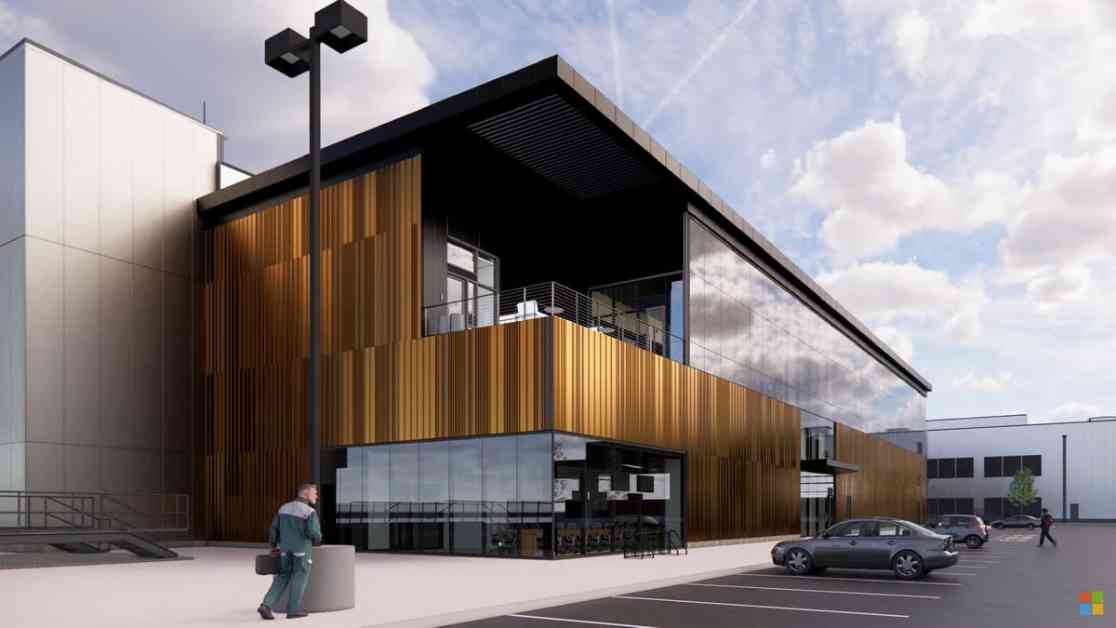Microsoft is taking steps to reduce its carbon footprint by using cross-laminated timber (CLT) material in the construction of its new datacenter in Northern Virginia. This decision is part of the company’s efforts to cut down on greenhouse gas emissions. By incorporating wood in the construction process, Microsoft estimates that it can reduce its carbon footprint by 35% compared to traditional steel construction methods. Furthermore, the use of CLT instead of precast concrete can lead to a 65% reduction in greenhouse emissions.
While Microsoft’s data centers will not be entirely built from wood, the company plans to use CLT for the floors and ceilings, with a thin layer of concrete applied to protect the wood and ensure its longevity. Although CLT is more expensive than steel and concrete, its lighter weight means that less steel is needed for support, ultimately saving on materials and labor costs. Jim Hanna, the team lead for Microsoft’s datacenter engineering team, emphasizes the importance of considering the entire value chain of materials used in data centers to reduce environmental impact.
The increasing power and infrastructure demands of AI technology have put pressure on companies to find sustainable solutions. Microsoft’s adoption of alternative construction techniques is a step in the right direction, as evidenced by its Environmental Sustainability Report, which shows a 29.1% increase in emissions from 2020. Other tech giants like Google are also facing challenges in meeting climate goals, with a 48% increase in greenhouse gas emissions from 2019.
In addition to exploring new construction methods, companies in the AI sector are investing in nuclear power as a cleaner alternative to traditional energy sources. Microsoft, Google, and Oracle are among those looking to nuclear reactors to meet their future power needs. These sources are expected to be operational by the early 2030s, just in time to support the energy-intensive AI models that will require up to 5 gigawatts of power for training purposes. Without reliable and clean energy sources, companies may struggle to train AI models efficiently and effectively.
Overall, the shift towards sustainable construction practices and clean energy sources is essential for tech companies to meet their environmental goals and continue to innovate in the AI space. By prioritizing sustainability and investing in renewable energy solutions, companies like Microsoft are paving the way for a more eco-friendly and efficient future in the tech industry.

